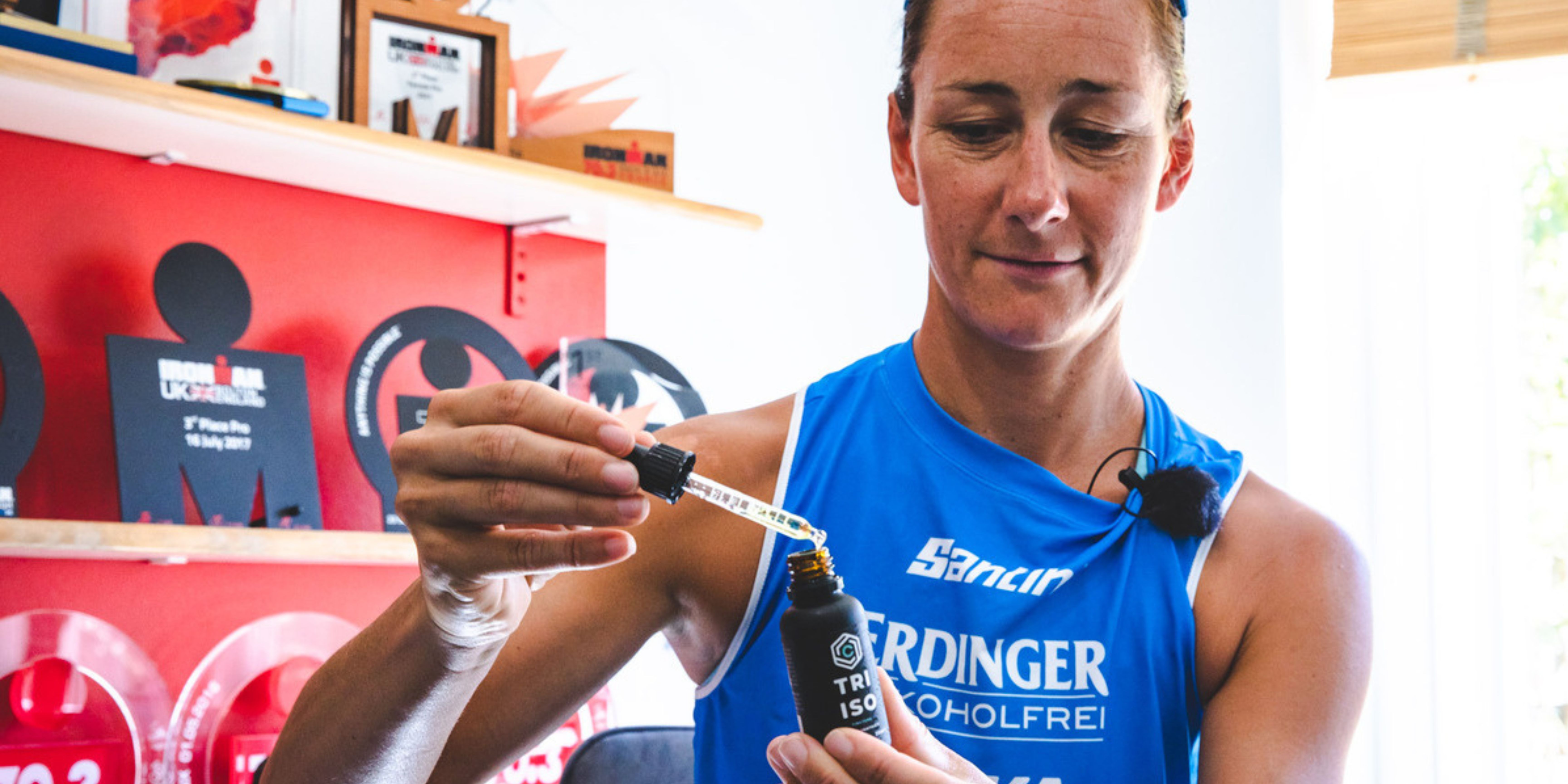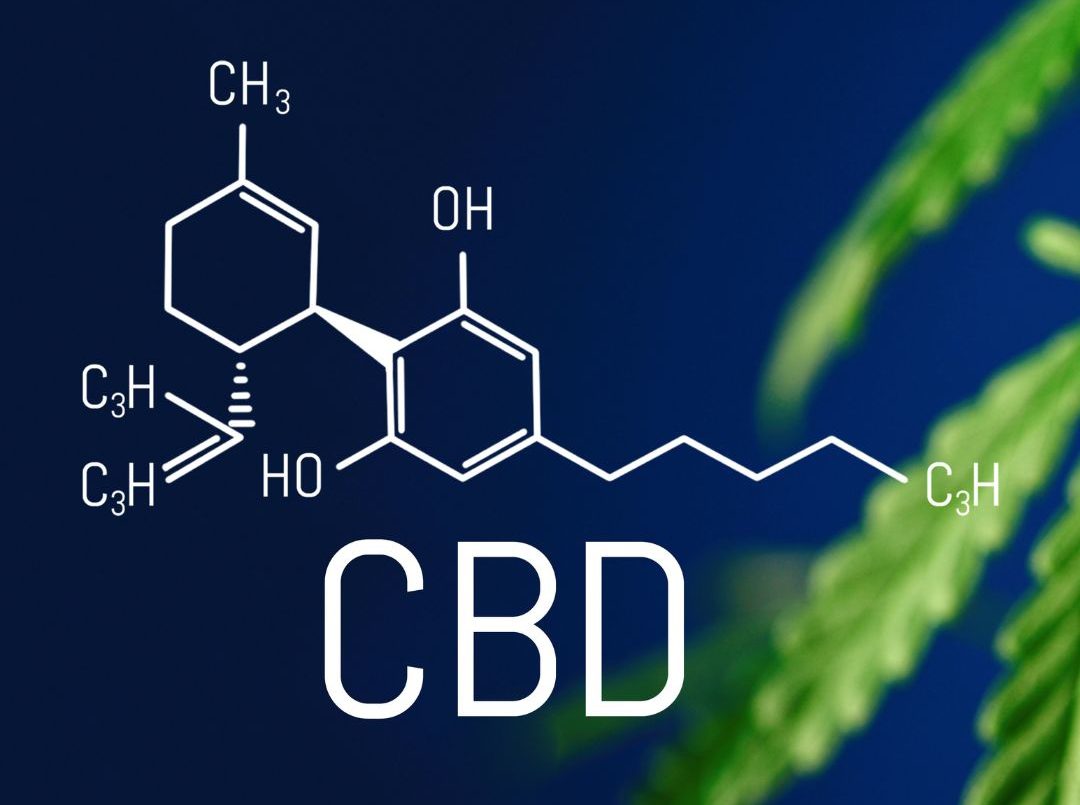
Athletes throughout the ages have always strived to succeed and improve. This has led to nations investing millions into sports recovery and training programs to boost athletic performance (Martínez-Guardado et al., 2020).
Our idea of what the human body and mind can accomplish is always being pushed. One of the newest trends to emerge in sports is the consumption of CBD. Although historically, there has been a great deal of debate around CBD, principally due to the stigmatisation of cannabis, CBD intake is increasing. In sports, CBD is being taken by professional rugby players, football players, triathletes and, now Olympians since the Olympic committee permitted its use due to the recovery and performance utilities of CBD.

The regulations
The recent governmental approval of CBD has seen Athletics organisations follow suit with the World Anti-Doping Association (WADA) and the UK Anti-Doping (UKDA) exclusively removing CBD from their banned products list, permitting its use in sport. All other cannabinoids, synthetic and natural, such as Tetrahydrocannabinol (THC) remain prohibited. Thus, a growing number of athletes are turning to CBD products. Athletes should be aware that there is variability amongst CBD products and not all are created the same. Poorly produced products may still contain traces of other cannabinoids that could result in a positive test for a prohibited cannabinoid.
Best CBD Products for Sleep and Recovery
The science of CBD and benefits to athletes
Cannabis is a robust plant that has been grown around the world by societies for centuries. Cannabis contains a complex soup of compounds that have potent therapeutic properties and applications in medicine. This diversity has made it a difficult product to manage and legislate for. CBD is one of more than 110 “phytocannabinoids” found in cannabis (Roger Pertwee, 2014).
Advances in extraction now enable us to separate elements of cannabis and create products that provide the benefits of cannabis legally and safely. In the last decade the societal understanding of cannabis matured to a point that in 2018, the UK government authorised cannabis medicines, but also CBD for public consumption.
CBD products influence the body through a newly discovered physiological system known as the endocannabinoid system (ECS). The ECS is found in every cell in the body and is present in all vertebrates (Rodriguez de Fonseca et al., 2005). Each human has a unique and adaptable ECS fingerprint which means that CBD can exhibit a spectrum of effects unique to each consumer (Atalay, Jarocka-karpowicz, and Skrzydlewskas, 2020).
The prevailing property attracting the attention of athletes is the anti-inflammatory properties of CBD. Inflammation is an immune response and the primary biological driver of the discomfort experienced by those who regularly subject their body to physical stress. In serious cases, such as bone fractures, CBD has demonstrated fracture healing properties that support collagen cross-linking that forms the basis of bone strength (Garnero, 2012; Kogan et al., 2015). In this past decade, CBD has shown clear potential as a physiological, physical, and cognitive recovery agent that can contribute to the restoration of physical performance (Rojas-Valverde, 2021).
Our knowledge of CBD is far from complete. As research catches up to the pace of cannabis adoption, we will likely see other cannabis molecules being permitted in sport. Up until recently, research into compounds such as CBD was heavily restricted which has meant the scientific community is currently playing catchup. This newly recognised field of study has given researchers space to test the applications of CBD and society more freedom to safely access CBD. With the help of scientists, we are building a clearer picture of the utilities of this compound. These properties offer huge potential in sport as well as in medical advances, with potential being pursued in many diseases and cell types (Nagarkatti et al., 2009, 2010; Jean-Gilles et al., 2015; Atalay, Jarocka-karpowicz and Skrzydlewskas, 2020).
Although the anti-inflammatory properties of CBD are highly sought after there is a greater depth and value to its use. Elements of the ECS are found in the human skeleton and surrounding muscles (Cavuoto et al., 2007). Bones and muscles contain a high density of endocannabinoid system elements which help regulate bone cell health and remodelling (Idris and Ralston, 2012). Muscles also rely on the endocannabinoids system for energy metabolism. The ability of the ECS to control appetite, food intake, and energy balance has been well documented and the focus of a great deal of attention (Bellocchio et al., 2008). Interestingly, increased levels of the endocannabinoid, Anandamide (AEA), produced in the human body post-exercise, have been linked to the sensation of the “runner’s high” (Dietrich and McDaniel, 2004).
In addition to the musculoskeletal applications, other commonly reported reasons for CBD usage include managing self-perceived anxiety, stress, sleep problems, and general health and wellbeing (Moltke and Hindocha, 2021). Studies exploring these reports observed anxiety scores decrease 79.2% within the first month of use and an improvement of 66.7% in sleep scores within the first month, fluctuating over time (Shannon et al., 2019).
CBD is an incredibly safe molecule with high doses of up to 1,500 mg/day of CBD reportedly being well-tolerated in humans (Machado Bergamaschi et al., 2011). Recent advances in the administration of cannabinoids in humans under controlled conditions are making CBD even safer (Machado Bergamaschi et al., 2011). Although safe on its own, CBD should not be mixed with prescriptions. As with any new intervention, if you are currently taking a prescription medication and are looking towards CBD products, you must consult a doctor before combining the products.
Glossary
